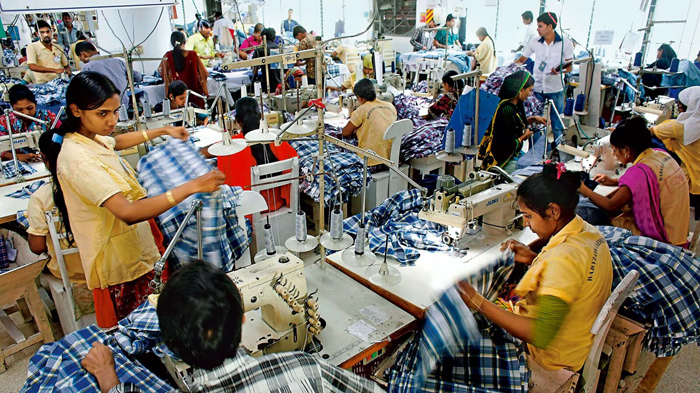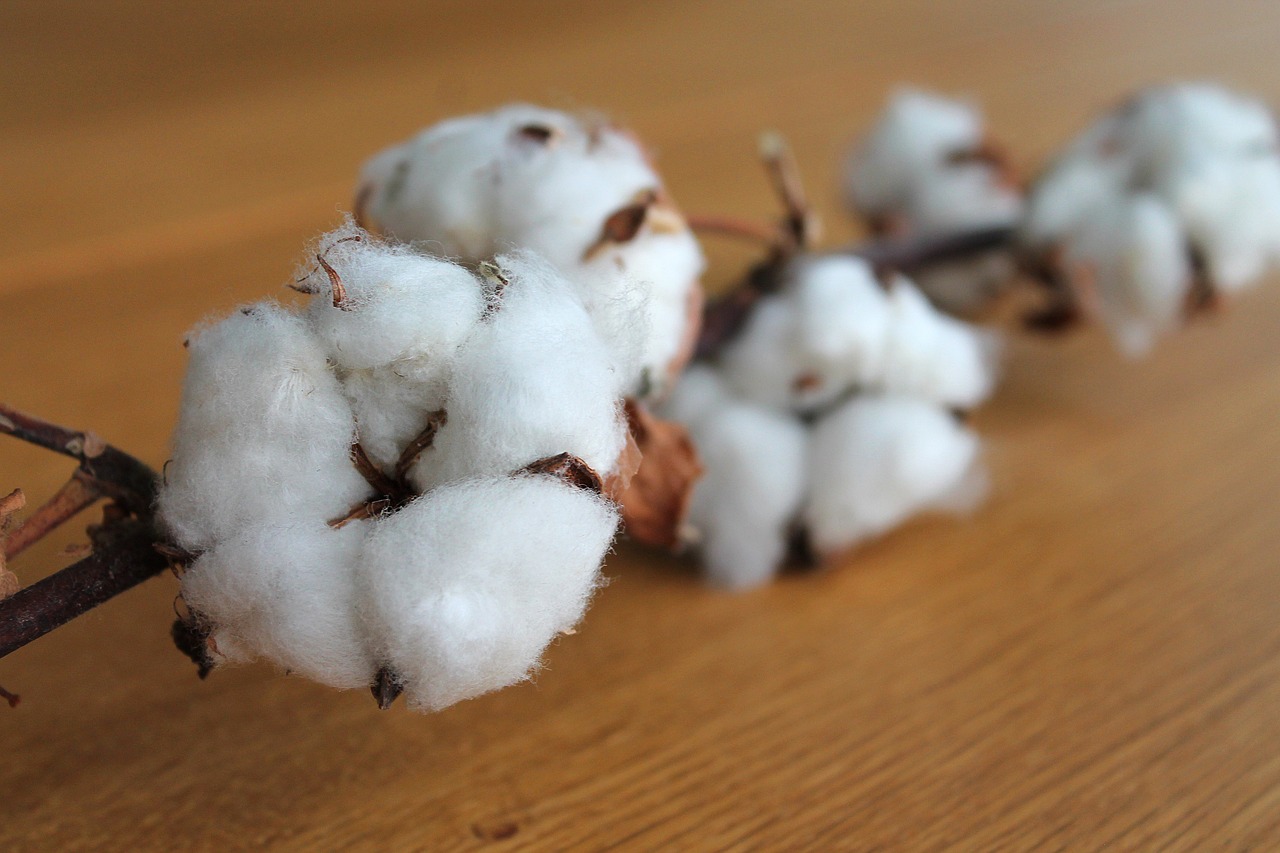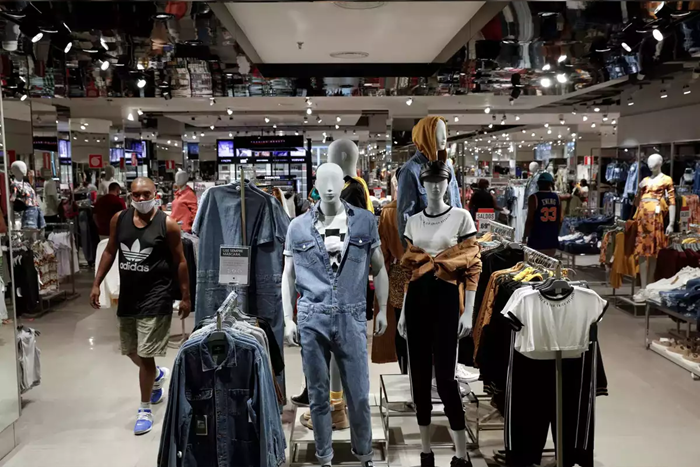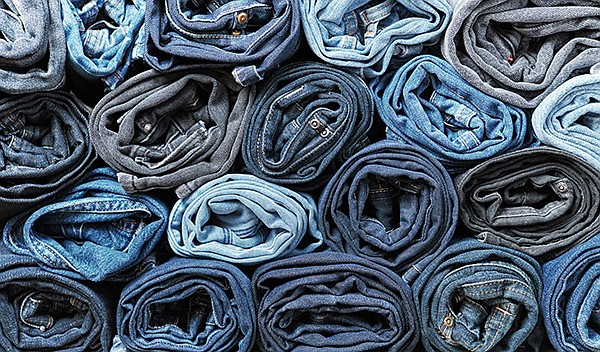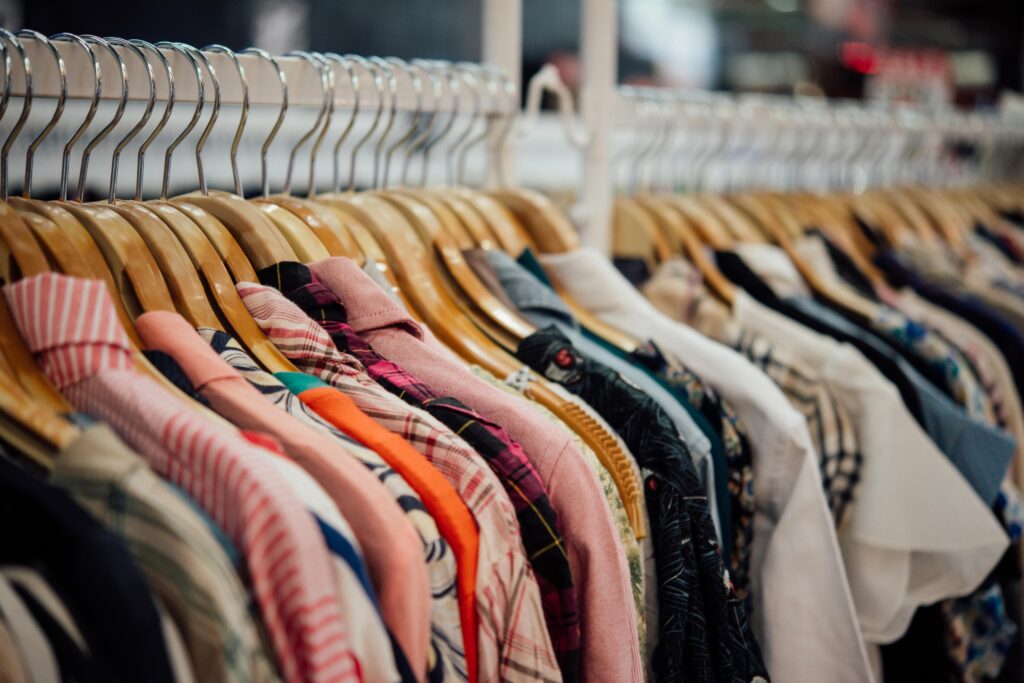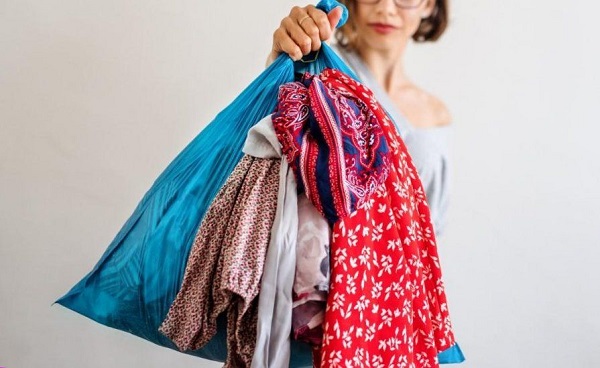
The global fast fashion market size is expected to grow from $91.23 billion in 2021 to $99.23 billion in 2022 at a compound annual growth rate (CAGR) of 8.8 per cent. The fast fashion market is expected to grow to $133.43 billion in 2026 at a CAGR of 7.7 per cent. Whilst the numbers look very attractive, it is actually an indication of how this sector can drastically affect the planet with harmful effluents and emissions. Major players in the fast fashion market include Zara (Inditex), H&M Group, Fast Retailing (Uniqlo), Gap, Forever 21, Mango, Esprit, Primark, New Look, and River Island. Western Europe was the largest region in the fast fashion market in 2021. Asia Pacific was the second largest region in the fast fashion market. This is what the EU is afraid of.
Policy initiatives to curtail hazardous substance
The European Commission has finally acted on their concern. The EU strategy for sustainable and circular textiles was unveiled in March 2022. The strategy defines the way forward to combat the hazards of the fast fashion industry and help achieve the environmental goals the EU has set for itself, by 2030. The strategy covers key areas that when streamlined will make the production of fast fashion responsible and green.
The first mechanism of the strategy is to move forward with smarter product design and circular business models. As demand for textiles grow, the need of the hour is to impose rules that enable the longevity of textiles. The second mechanism is the circulatory business model that demands textiles to increase their durability, reusability, repairability, fiber-to-fiber recyclability and mandatory recycled fiber content.
Furthermore, hazardous chemicals in textile products will be subject to new rules requiring producers to minimize or even substitute them in clothes and footwear. Ecodesign for Sustainable Products Regulation has been proposed together with the Textile Strategy and the EU is clear that this regulation will be binding for all manufacturers.
The strategy includes the phasing out of microplastics and synthetic fibres as these two represent a hugely toxic element of the fashion industry. The initiative addressing the unintentional release of microplastics from textile products is to be adopted in 2022, with binding requirements to be applicable to companies indicatively in 2024 or 2025.
The Digital Product Passport is an innovative mechanism to fulfill this strategy. An electronic tool that registers, processes and shares information about the product across the whole supply chain – from manufacturers to consumers, other businesses and competent authorities. Apart from submission of genuine data for their product digital product passports, companies will be scrutinized closely if they have green label claims.
A huge step forward is the complete ban on the destruction of unsold textiles. The EU plans to work closely with manufacturers to initiate digital precision technologies that will monitor and report high wastage items which then can be discontinued. As the EU marches forward to their bit of greening the planet, they are serious about reigning in on the fast fashion industry that seems to leave in its wake a lot of polluting debris.

